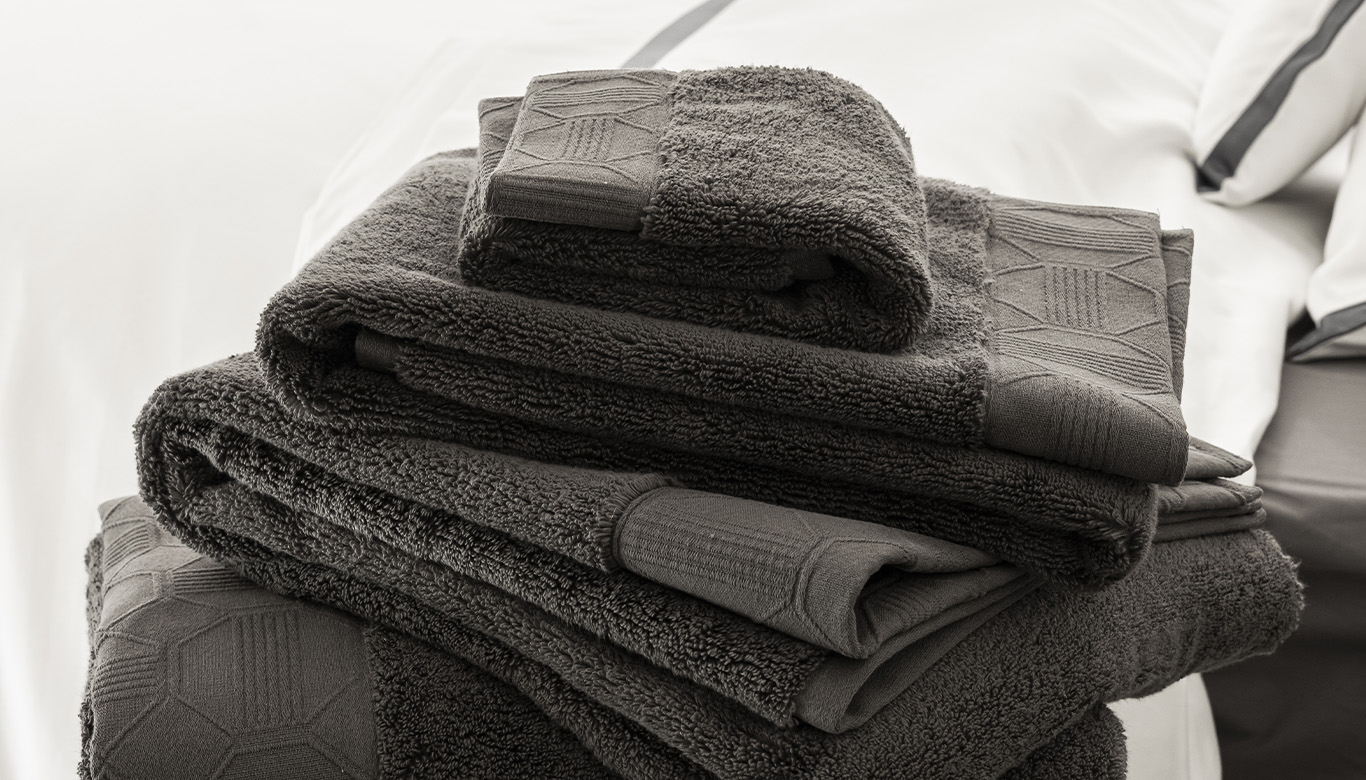Fabric Weight: How is it calculated and why is it important?

When you imagine the decoration of your table for a meal, it is essential to create a welcoming and warm atmosphere. In this approach, choosing quality table linens plays a crucial role. Among the various aspects to consider, the fabric weight is particularly important, as it influences the durability and aesthetics of your napkins, tablecloths, and table runners. Indeed, the fabric weight determines the quality of your tablecloths and the elegance displayed on your table. Therefore, it is essential to find the right balance between quality and weight, in accordance with your preferences. Cotton and linen are the preferred materials, offering a perfect combination of quality, price, and composition. Their silky texture and subtle weave add the finishing touch, giving your table linens a refined and unique look.
What is fabric weight?
Fabric weight is the weight of the fabric expressed in grams per square meter (g/m²) or grams per milliliter (g/ml). Regarding table linens, the g/m² weight is the most commonly used measurement. The g/m² weight represents the weight of the fabric per square meter, while the g/ml weight represents the weight of the fabric per meter of length along the fabric's width. This measurement allows for the quantification of the fabric's density and thickness.
A high fabric weight indicates a heavier and denser fabric, which can give it a sense of sturdiness and superior quality. High-weight fabrics are generally more resistant and durable. Conversely, a low fabric weight indicates a lighter and thinner fabric, ideal for more casual occasions where a lighter texture is appreciated. These fabrics are often more flexible and offer a sense of fluidity. They are perfect for informal meals or summer events.
The advantages of a high-weight tablecloth
High-weight fabrics are more durable. They are resistant to stains and wear, which means they retain their appearance over time. You can thus use your tablecloth repeatedly without fearing premature deterioration. By choosing a high-weight tablecloth, you also benefit from a perfect drape. The heavier weight gives the fabric a certain substance, allowing it to drape elegantly over the table. Another important advantage of choosing a high-weight tablecloth is long-term savings. High-quality fabrics, with a high weight, are designed to last. Their resistance to stains and wear allows you to use them for many years without showing signs of fatigue. By investing in a premium tablecloth, you avoid the frequent expenses associated with replacing lower-quality tablecloths. It is important to note that the fabric weight is not the only factor to consider when purchasing a tablecloth. The quality of the thread used is equally important. A high-quality thread, combined with a high weight, ensures a strong and durable tablecloth.
In summary:
- Daily use: a weight between 120 and 180 grams per square meter is recommended
- Special occasions: prefer a weight between 180 and 250 grams per square meter.
- Season: for summer or spring tablecloths, you can choose a lighter weight, around 120 to 150 grams per square meter. This will allow air to circulate more easily.
What fabric weight for table napkins?
When selecting table napkins, you need to consider their intended use. If you plan formal meals, it is recommended to opt for a higher weight, usually around 150 g/m². This ensures a thicker and more resistant napkin, adding a touch of sophistication to your table. For daily meals or more informal occasions, a lighter weight can be preferred. A lighter weight offers a lighter and easier-to-handle napkin.
Besides weight, it is important to consider the softness and absorption of table napkins. A soft and pleasant texture is an essential criterion for a quality napkin. Cotton or linen napkins generally offer excellent softness.
What fabric weight for a bath towel?
For entry-level bath towels, a weight of around 450 g/m² is often satisfactory. This choice will provide you with a lightweight and soft towel, perfect for daily use. However, if you aspire to a premium experience, worthy of the finest establishments, and optimal absorption, it is better to opt for a higher weight, such as 620 g/m². These high-end bath towels will envelop you in plush softness and superior absorption.
Tips for caring for high-weight table linens
It is best to always scrupulously follow the specific care instructions provided by the manufacturer. Generally, high-weight fabrics require delicate washing at low temperatures to avoid any risk of deterioration. It is recommended to avoid using harsh bleaching products, as they may alter the fabric's color and texture. For drying, it is preferable to opt for air drying or using a low-temperature tumble dryer to avoid any risk of shrinkage.